In today’s world, modern pool filtration demands more than just basic systems. Homeowners seek clean and safe pool water for a healthy swimming experience. The evolution of pool filtration technology has led to the development of advanced systems that filter water and enhance its overall quality. One such innovation is the sand filter pump with hydroaeration technology. These systems effectively combine efficient sand filtration with aeration techniques, offering numerous benefits to pool owners. Hydro aeration technology fundamentally transforms traditional filtration, providing advantages such as improved water clarity, reduced chemical usage, and better hygiene. This blog delves deeper into these systems, outlining their mechanics, benefits, and maintenance tips, ensuring that pool owners can make informed choices for optimal swimming enjoyment.
What Are Sand Filter Pumps?
Sand filter pumps are central components in modern pool filtration systems. Utilizing silica sand as the filtration medium, these pumps filter out debris, dirt, algae, and other contaminants from the water, resulting in cleaner and clearer pool water. Sand filters work by allowing water to flow through a bed of sand that traps and collects impurities.
Mechanism of sand filtration
The operation of sand filter pumps revolves around the principle of mechanical filtration. Water flows through the sand, which traps large particles while smaller ones are removed through a combination of gravitational force and surface tension. As the water passes through, the sand filters out larger debris such as leaves and insects, while microscopic particles, including bacteria and algae, are retained deeper within the sand bed.
Advantages over traditional filtration systems
Sand filtration systems offer several advantages over traditional pool filtration methods:
Efficiency: Sand filter pumps operate more efficiently than traditional cartridge filters, often requiring less frequent cleaning and offering longer intervals between maintenance.
Capacity: They can handle larger volumes of water, making them suitable for bigger pools while ensuring that the filtration process remains consistent.
Cost-effectiveness: Lower maintenance and operational costs compared to other filtering methods contribute to overall savings for pool owners.
Sand filters generally have lower resistance to flow, resulting in more water being circulated through the system and ensuring that all areas of the pool are effectively pumped and filtered.
How Pool Filtration Systems Work to Maintain Water Quality
Top Features of Modern Sand Filter Pump Systems
High-tech sand filter pumps come equipped with various features that enhance their functionality:
Multi-function valve operations: Most modern pumps have a multi-port valve that allows operators to switch between filter, backwash, rinse, and waste modes, making operation more flexible and efficient.
Integrated timers and automation features: Many systems include timers that automate the filtering process, ensuring consistent and optimum performance without the need for constant supervision.
Compatibility: Designed to work seamlessly with various pool sizes and systems, high-tech sand filter pumps are increasingly versatile, suited to both above-ground and in-ground constructions.
Exploring Hydro Aeration Technology
Hydro aeration is an innovative technique integrated into modern filter systems. This process involves mixing air with water during filtration to enhance water quality and circulation.
Process of mixing air with water to enhance filtration
In a hydro aeration system, air is introduced into the water via specialized jets or diffusers. As the water circulates, it carries fine bubbles that help lift dirt and organic contaminants, making them easier to filter out. The introduction of air creates turbulence, which aids in knocking particles loose from the walls and floors of the pool.
Oxidation of iron and manganese for improved water clarity
Hydro aeration not only improves physical filtration but also impacts chemical processes within the water. The introduction of oxygen helps initiate the oxidation of iron and manganese present in the water, causing these elements to precipitate out of solution, leading to cleaner and clearer water. By oxidizing these metals, hydro aeration improves the aesthetic appeal of the pool while minimizing staining issues on surfaces.
Benefits of Hydro Aeration in Pool Maintenance
Hydro aeration is a modern technique used in pools to combine air with water for improved water quality and a more enjoyable swimming experience.
Benefit | Description |
Enhanced water circulation and filtration | The mixing of air and water promotes better circulation, ensuring contaminants are continuously cycled through the filtration system for removal. |
Increased negative ions improve air freshness | Hydro aeration can result in a more pleasant environment, as the negative ions generated can enhance air freshness and contribute to an invigorating atmosphere around the pool. |
Reduction in chemical usage | Efficient filtration results in better water quality, which directly decreases the need for harsh chemical treatments, lowering costs and health risks. |
Advantages of Combining Sand Filter Pumps with Hydro Aeration
When sand filtering is combined with hydro aeration, the filtration system becomes exponentially more effective. Superior water clarity is achieved as fine particles and contaminants are targeted and removed efficiently.
Improved health and safety: One significant advantage of these advanced filtration systems is their ability to reduce harmful pathogens, contributing to healthier swimming conditions. A clean pool not only looks inviting but also minimizes health risks associated with swimming, protecting the pool users from infections and illnesses.
Reduction of skin and eye irritants: The process of using hydro aeration maintains a more balanced pH level and reduces the presence of chemicals often responsible for skin and eye irritations. Cleaner water leads to a more comfortable and enjoyable swimming experience.
Energy efficiency and cost savings: High-tech sand filter pumps with hydro aeration contribute to energy efficiency through their efficient operation. Lower operational costs are achieved due to efficient filtration practices that result in lower energy consumption.
Extended lifespan of pool equipment: By optimizing the filtration process and minimizing wear on associated equipment, such as pumps and heaters, the lifespan of pool components can be significantly extended.
Ease of maintenance: Automated Backwashing and Cleaning Cycles: Advanced systems often feature automated backwashing and cleaning functions that take the hassle out of regular maintenance.
Durable components: Constructed from high-quality materials, these systems generally require fewer frequent replacements, resulting in lower long-term costs.
Selecting the Right Sand Filter Pump with Hydro Aeration
When selecting a sand filter pump with hydro aeration, several key factors should be considered to match the right system to your pool’s needs:
Pool size and capacity: Understanding the volume of water in your pool is critical to selecting a pump that will operate efficiently without being overtaxed. A pump that is too small will struggle to clean the pool thoroughly.
Flow rate requirements: The flow rate (measured in gallons per minute) is vital; it should align with the pool’s circulation needs to ensure effective cleaning and sanitation.
Compatibility with existing pool systems: Ensure that any new pump you purchase can integrate with existing equipment to avoid compatibility issues and additional costs.
Installation Sand Filter Pump with Hydro Aeration System
Look for a suitable area near the pool, ideally sheltered, to prolong the pump’s lifespan.
Install plumbing: Work with a qualified technician (if needed) to ensure proper water line connections from the pool to the pump.
Electrical connections: Ensure that all electrical hookups adhere to local building codes; a licensed electrician is recommended.
Start-up and testing: After installation, start the pump and monitor its performance, checking for leaks or operational issues.
Safety precautions: Always disconnect power during installation to avoid electrical hazards. Ensure the work area is clear of clutter to prevent accidents and injuries.
How Long Does Pool Equipment Last? A Complete Guide
Maintaining Sand Filter Pump and Aeration System
To prolong the lifespan of your filter pump and maintain peak performance, adhere to the following best practices:
Regular backwashing schedules: Establish a routine for backwashing that aligns with dirt accumulation trends for your specific pool environment. Typically, backwashing should occur every 4 to 6 weeks, but checking the pressure gauge will provide an accurate indication.
Monitoring pressure gauges: Keep an eye on pressure gauges as they indicate the system's efficiency; changes often signal the need for backwashing or media replacement.
Winterizing and storage tips: In colder climates, preparing the system for winter can prevent costly freeze damage. Drain all water from the pump and filtration system. Store removable components in a dry location.
Investing in advanced filtration systems is crucial for achieving and maintaining high water quality. Pool owners should prioritize these technologies as a step towards a healthier and more enjoyable swimming experience. The collective efforts of selecting the right system, focusing on proper maintenance, and embracing innovative technologies will yield significant returns in pool enjoyment and safety. UsaPoolShop offers a wide range of pool equipment replacement parts, including essential components like valves, o-rings, pressure gauges, and plumbing fittings sourced from top brands and available at competitive prices.
FAQs
How often should I backwash my sand filter?
Backwashing typically should be conducted every 4 to 6 weeks but can vary depending on usage and conditions; always follow the manufacturer’s guidelines.
Can hydro aeration systems reduce the need for pool chemicals?
Yes, hydro aeration systems can decrease the need for pool chemicals by improving water quality and clarity, thereby maintaining a safer swimming environment.
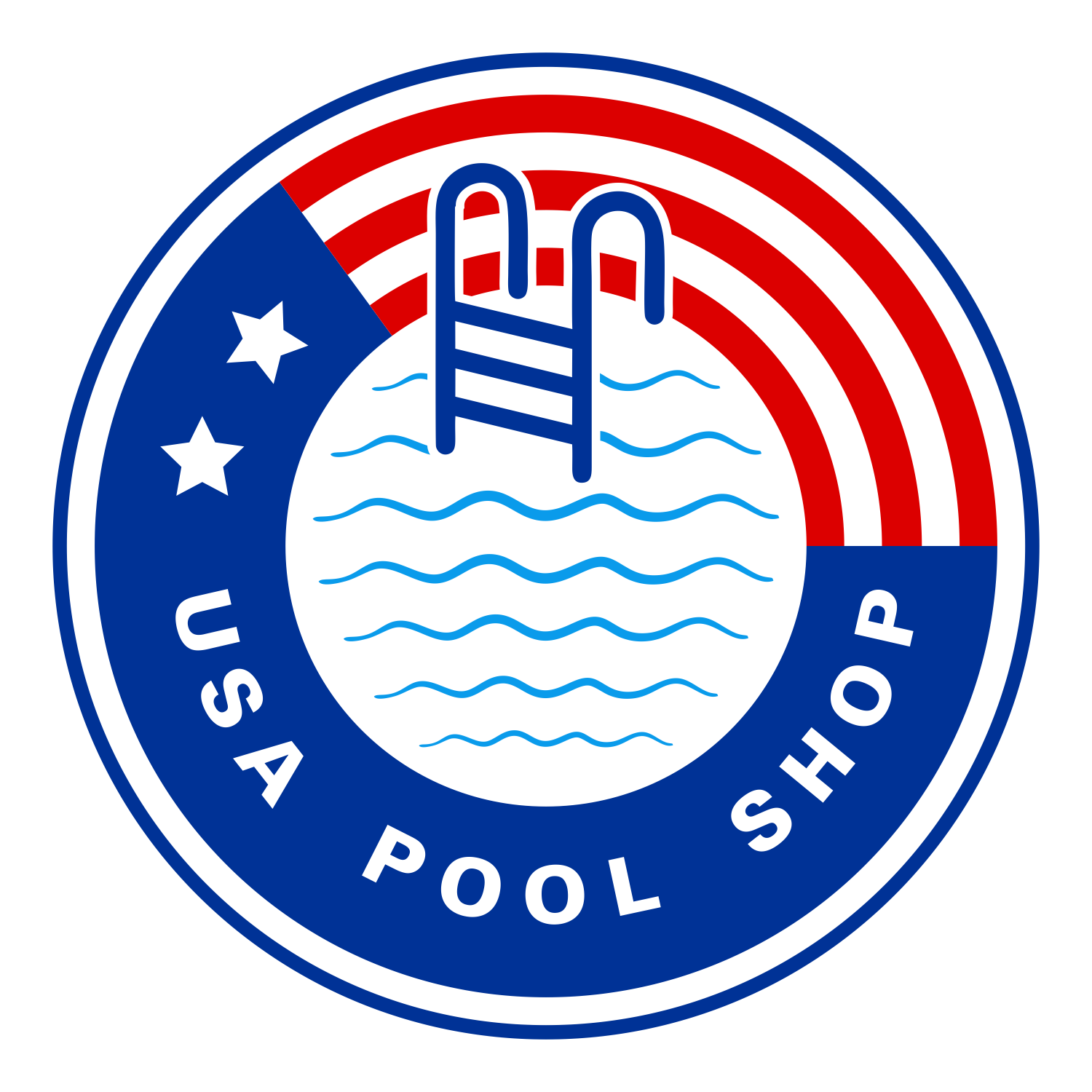
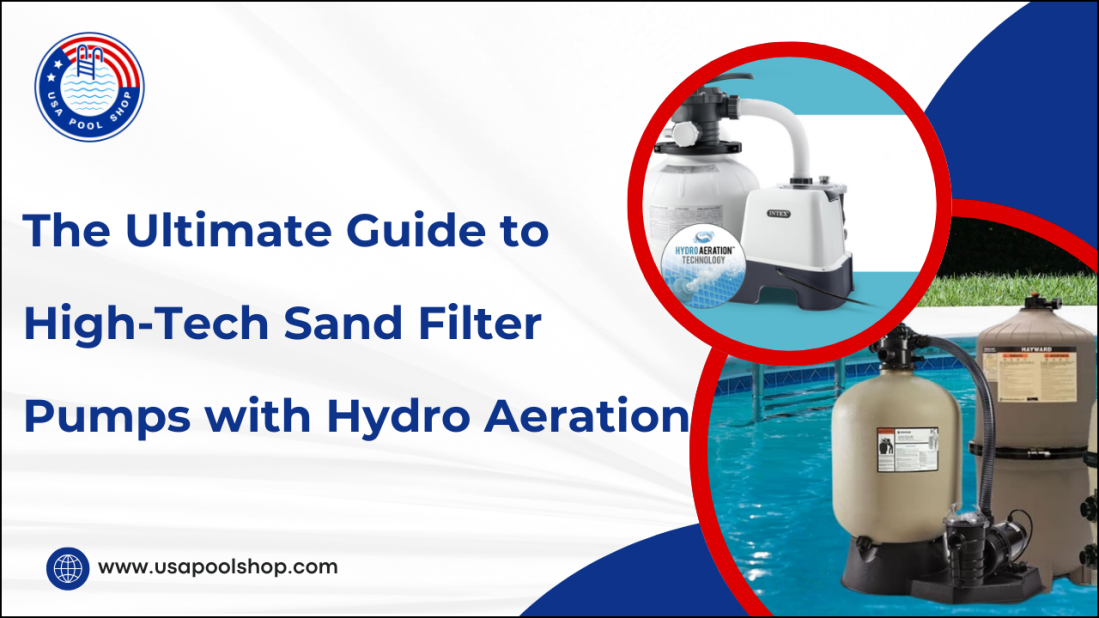


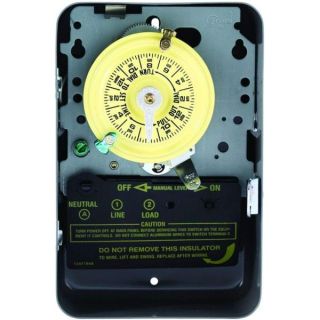
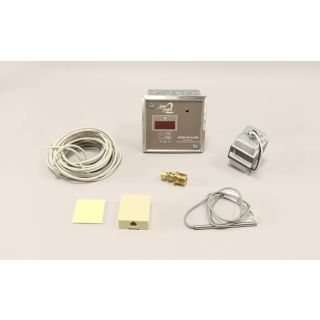
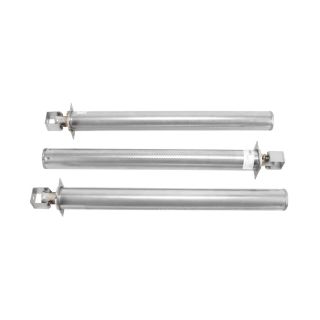
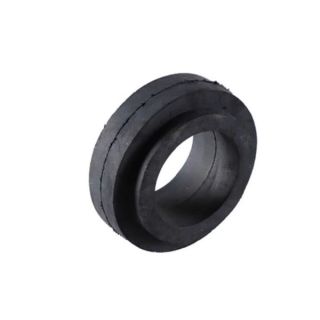
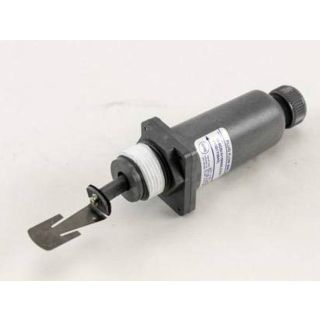
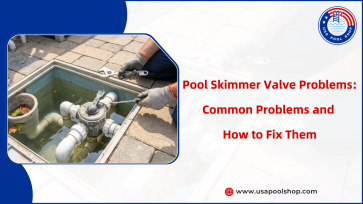

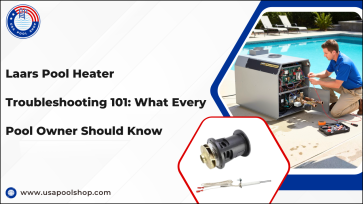
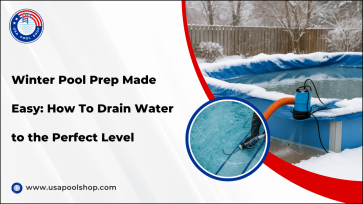

Validate your login